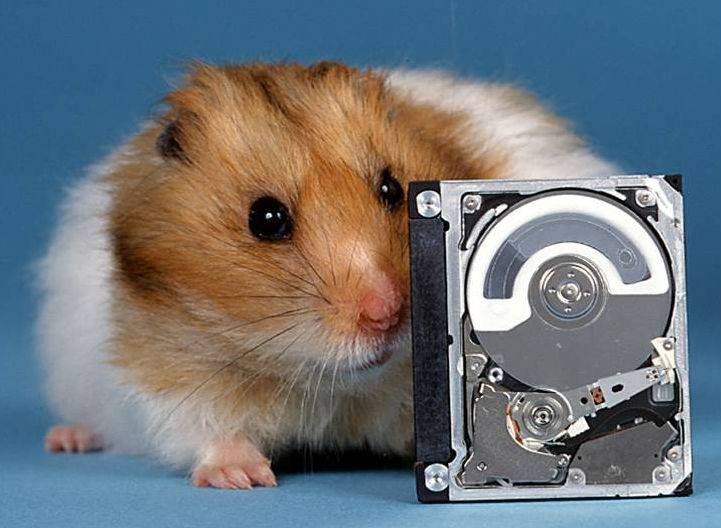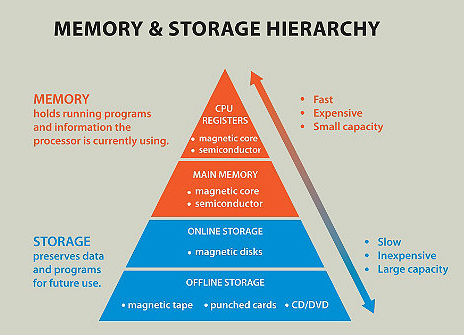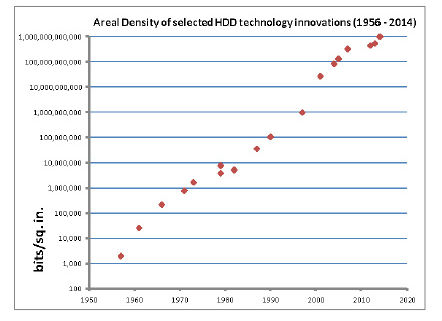The Storage Engine
A Timeline of Milestones in Storage Technology
The Storage Engine

Information and entertainment at our fingertips. Supercomputing power in our smartphones. Autonomous vehicles on our roads and in the sky. Enabled by the convergence of computers and communications, these modern high-tech marvels are powered by the three engines of the digital revolution - Semiconductors, Software, and Storage. Semiconductors form the chips that process data in accordance with instructions from software and information that resides in a hierarchy of storage devices.
From simple thumb drives to the all pervasive "cloud," storage devices have evolved through a complex history of technological innovation and intense worldwide competition. A companion to the Museum's popular online exhibit The Silicon Engine: A Timeline of Semiconductors in Computers, The Storage Engine tells the stories of the people, processes, and products that have contributed to some of the most important advances in computer data storage.
Introduction

The Storage Engine traces milestone events in the development of information storage devices from 40,000 year-old carved bones to modern magnetic techniques that pack more than one trillion (1 followed by 12 zeros) bits of data into an area the size of a postage stamp. Magnetic (disk and tape), physical (punched tape and cards), optical (CDs and holograms), and semiconductor (RAM and Flash) technologies are described, together with experimental approaches that have been tried and found wanting.
The Memory and Storage Hierarchy is a visual presentation of the two broad categories of data storage included in The Storage Engine. Memory levels hold programs and information the processor is currently using. Memories must be fast and flexible and are typically based on semiconductor technology. Storage levels preserve data and programs for future use. Storage units have to be big, permanent, and affordable and predominantly employ magnetic technology. Devices closest to the apex of the hierarchy are usually the fastest and most expensive. No single approach meets all requirements.
The Storage Engine

Areal density measures the number of bits that can be squeezed onto a given physical area of a storage medium. More bits per unit area typically deliver the lowest cost per bit. R & D efforts in the data storage industry have increased areal density at a compound annual growth rate in excess of 40% per year since 1956. The chart shows that the areal density of hard disk drives (HDDs) described in the milestones have increased from two thousand bits/square inch in that year to one trillion in 2014. Correspondingly prices have dropped from $10,000 to fractions of fractions of a cent per megabyte.
About the Storage Special Interest Group
The Storage Special Interest Group (Storage SIG) works closely with the curatorial staff to advise on the Museum's strategic direction as it applies to computer storage. Members help to collect artifacts, record oral histories of industry pioneers, and write histories of major events in the storage world. The Storage Engine online exhibit was developed by members of the Storage SIG with the support of generous contributions from industry individuals and corporations. Visit the Credits page for more information.
Former Storage SIG member and analyst James (Jim) M. Porter donated important documents and artifacts relating to the storage industry to the Museum collection. Information on the documents is posted at "Guide to the Jim Porter papers". For the artifacts visit the "Gift of James Porter" catalog page.


